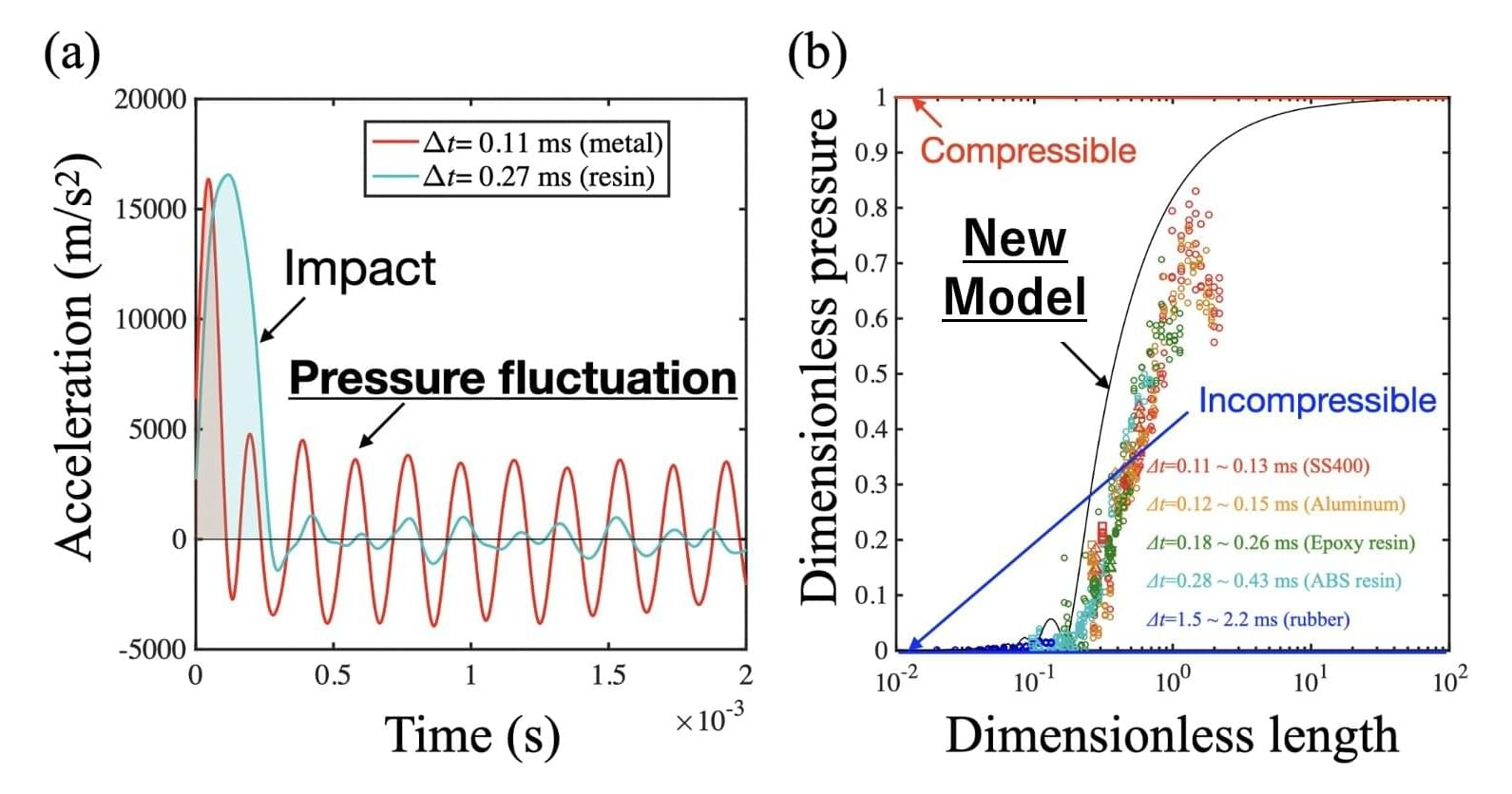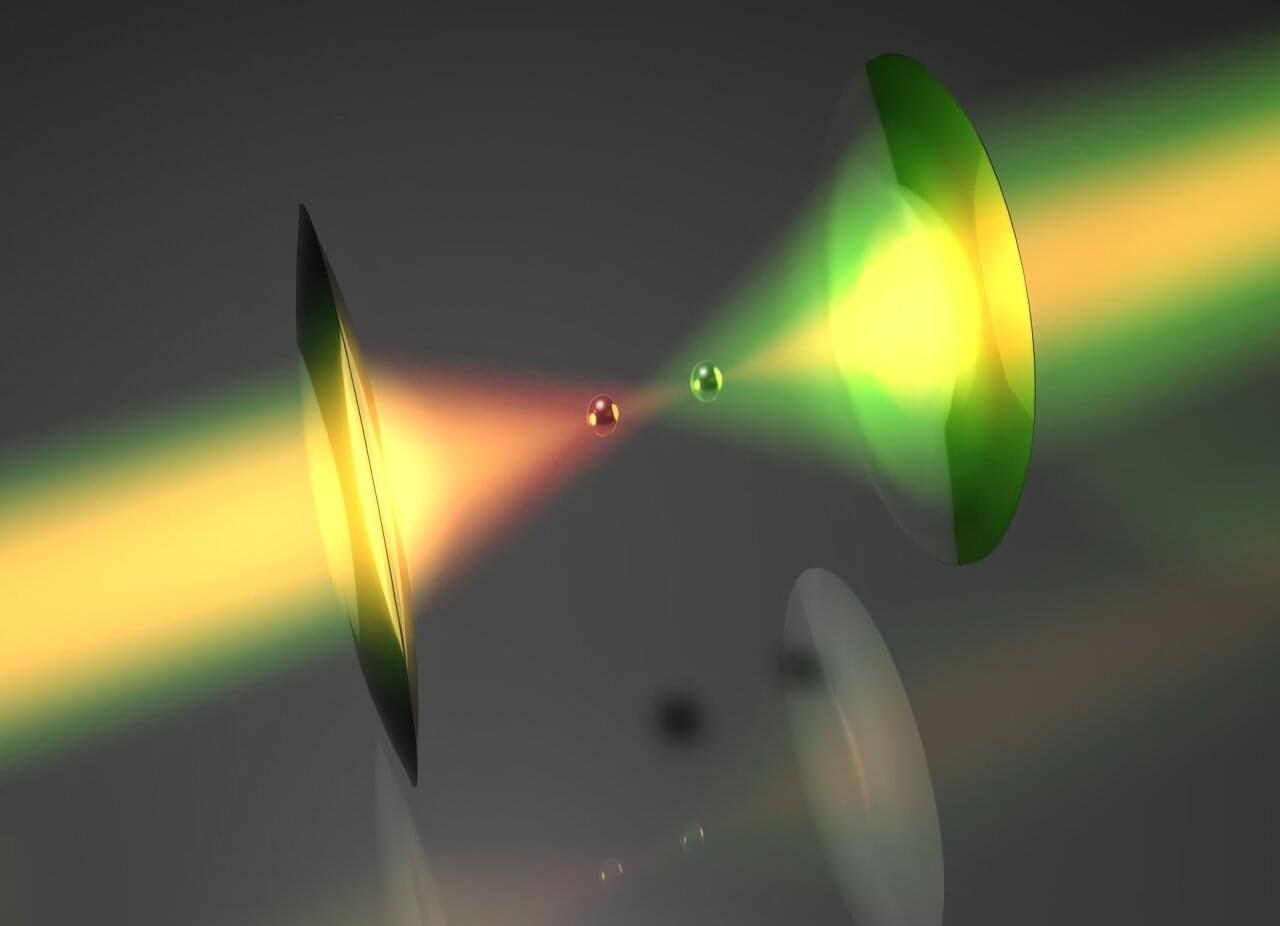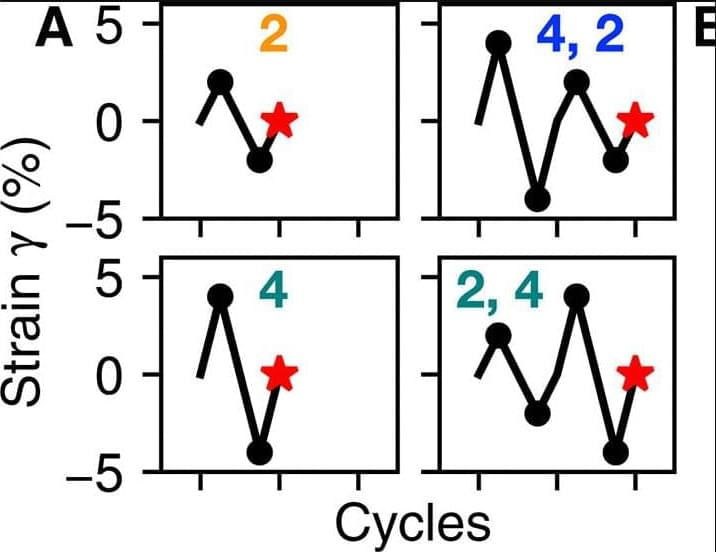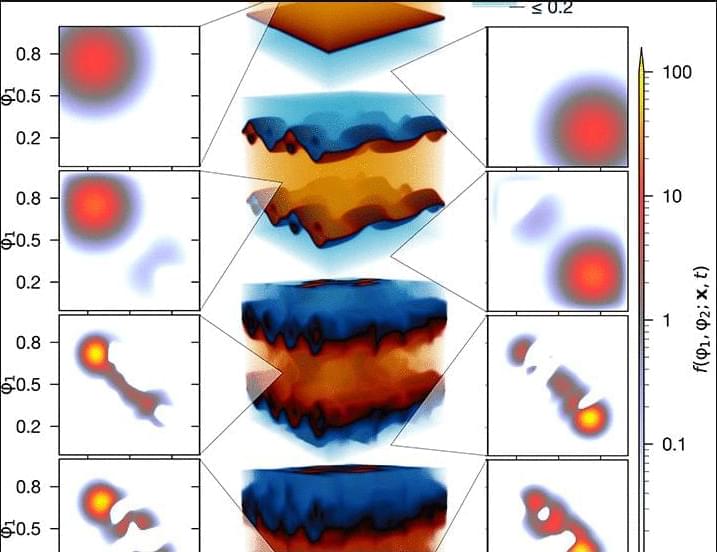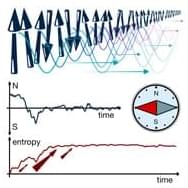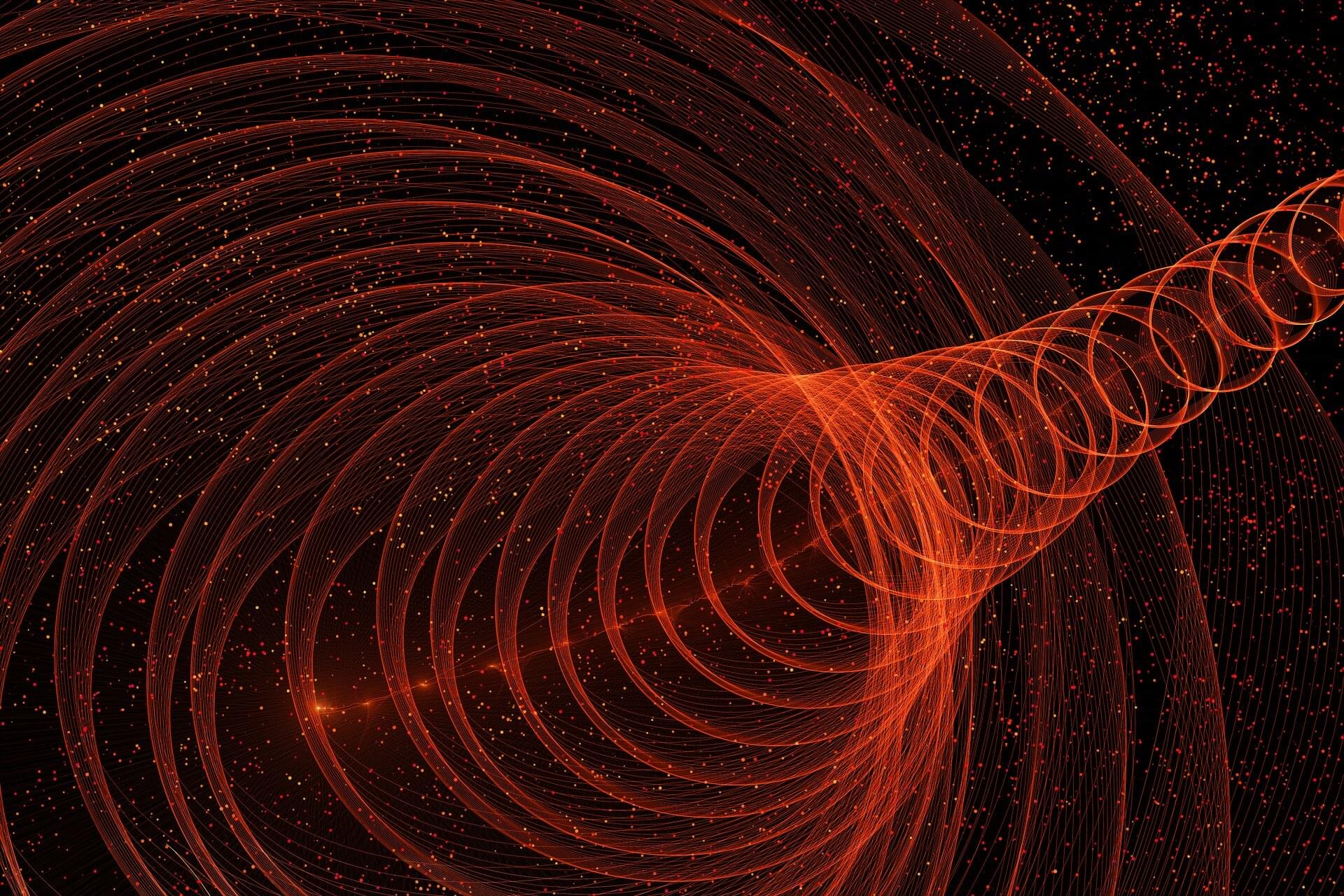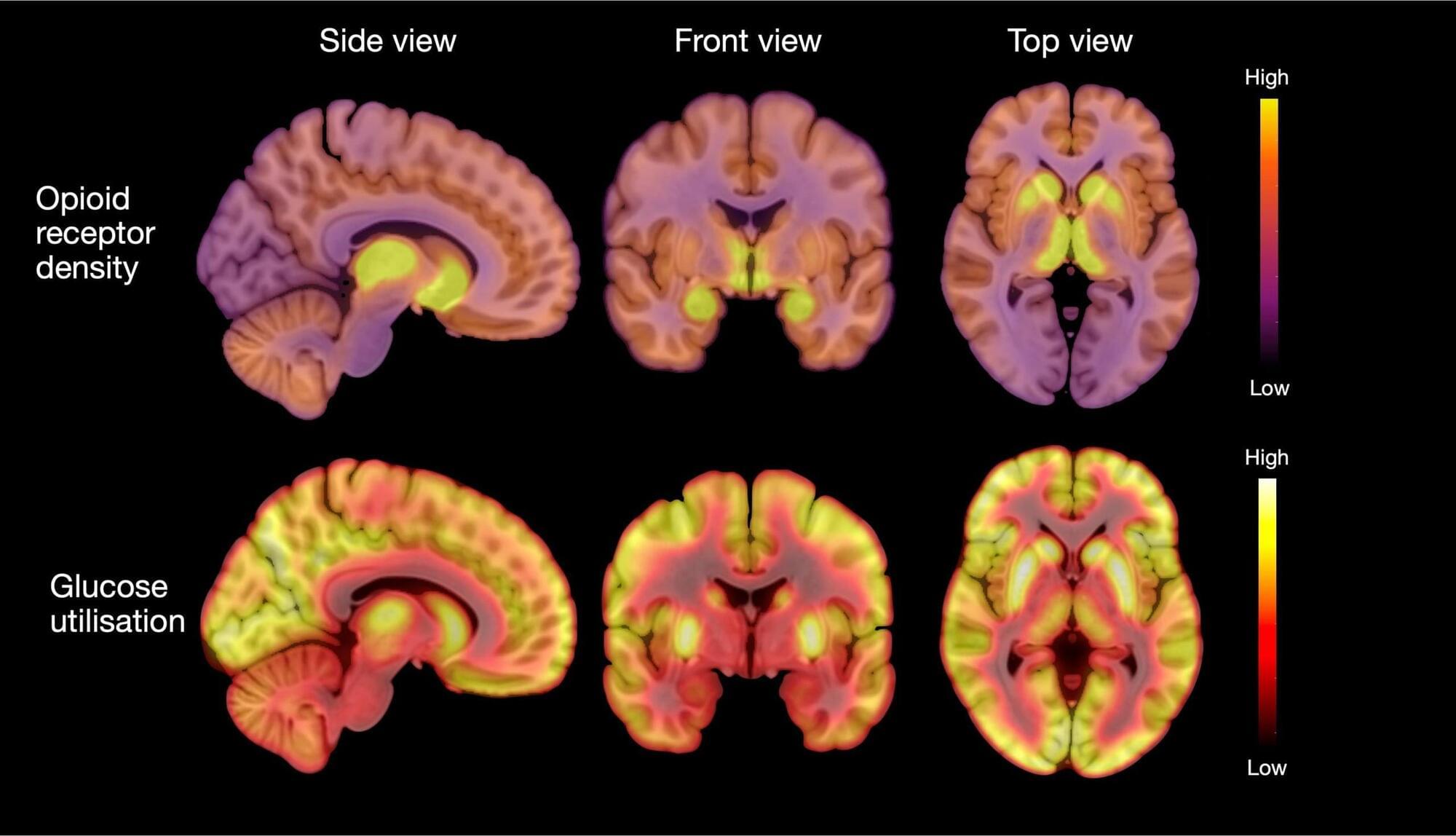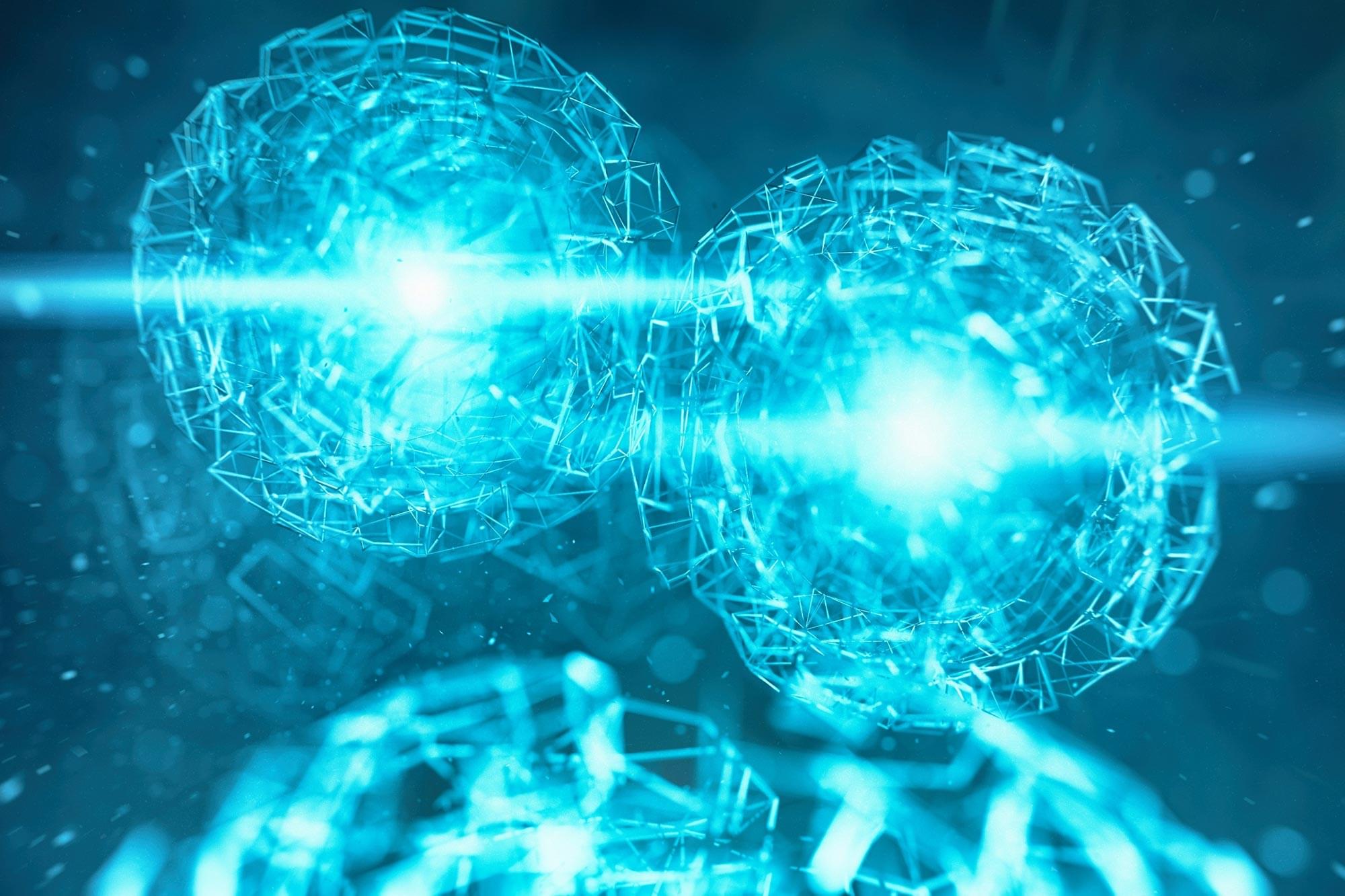At Texas A&M University, one research lab is changing the game of droplet microfluidics, a technique that involves conducting experiments in nanoscale droplets of liquid in a controlled environment. The team has developed a system that makes droplet microfluidics faster, lower cost, and more accurate.
Dr. Arum Han, the Texas Instruments Professor in the Department of Electrical and Computer Engineering, and his lab associates created a technology named NOVAsort (Next-generation Opto-Volume-based Accurate droplet sorter), a system that allows high throughput screening of molecules and cells at significantly reduced error rates.
Whereas previous research has focused on increasing the speed of assays (a type of laboratory test), the team’s findings, which are published in Nature Communications, are among the first to significantly improve accuracy without compromising the speed of assays.

